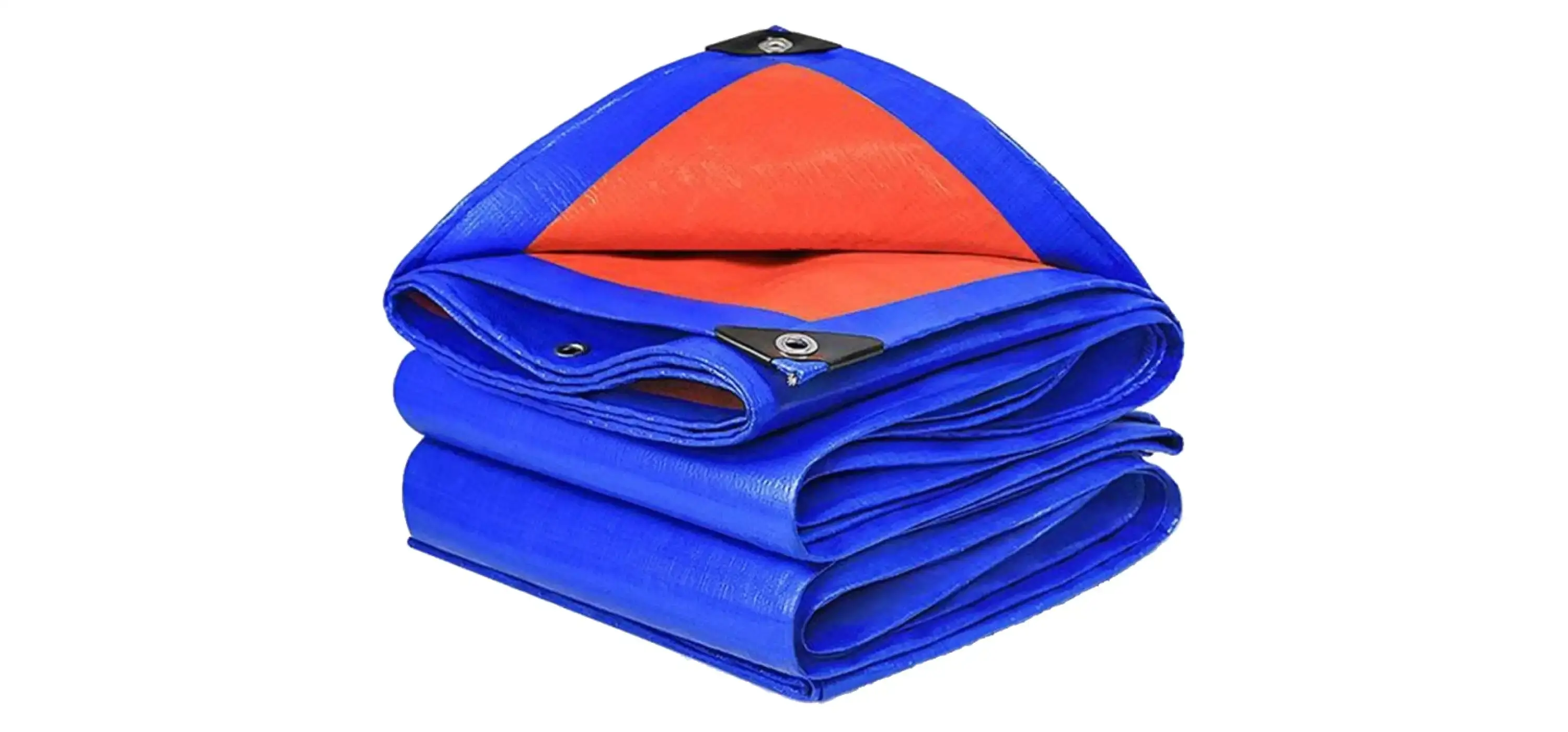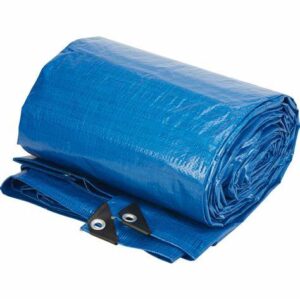Tarpaulins, or “tarps,” are versatile, durable, and indispensable tools for countless applications—from construction and agriculture to camping and transportation. However, the quality and utility of a tarp depend significantly on its material. Choosing the right tarpaulin can make all the difference in durability, performance, and value for your specific needs.
In this comprehensive guide, we’ll explore the best materials for tarpaulins, their characteristics, and how they stack up against each other for various applications.
What Are Tarps Made Of?
Tarpaulins are manufactured using a variety of materials, each tailored to specific requirements. Common materials include:
- HDPE (High-Density Polyethylene)
- Canvas
- PVC (Polyvinyl Chloride)
- Nylon
- Polypropylene and Polyethylene Blends
Tarpaulin Products
Each material offers unique properties, which we’ll delve into below.
1. HDPE Tarpaulins: The All-Rounder

HDPE tarps are among the most popular and widely used due to their remarkable durability and versatility. These tarps are made by weaving HDPE fabric and laminating it with a waterproof coating.
Key Features:
- Waterproof & UV Resistant: Ideal for outdoor use as they protect against rain and prolonged sun exposure.
- Lightweight Yet Strong: Easy to handle while maintaining durability.
- Cost-Effective: Affordable without compromising quality.
Best Uses:
- Covering agricultural produce like hay or grains.
- Protecting construction materials at sites.
- Temporary roofing during emergencies.
Buy HDPE Tarpaulin
2. Canvas Tarpaulins: The Traditional Workhorse

Key Features:
- Breathable Fabric: Prevents condensation, making it ideal for covering moisture-sensitive goods.
- Durable & Long-Lasting: Resistant to wear and tear under heavy use.
- Heat Resistant: Can withstand high temperatures, perfect for hot climates or asphalt transportation.
Canvas tarpaulin is made from natural fibers like cotton or a cotton-polyester blend. Known for their breathability and ruggedness, canvas tarps have been a go-to option for decades.
Best Uses:
- Construction site covers and scaffolding protection.
- Protecting flatbed loads like fruits, vegetables, and machinery.
- Painting projects and floor protection.
Drawbacks:
While canvas tarps offer excellent breathability, they are not inherently waterproof unless treated. Regular maintenance, such as re-coating with waterproof wax, is often required.
Request A Quote
Also Read: What are Canvas Tarps Used For?
3. PVC Tarpaulins: Heavy-Duty Champions

PVC tarpaulins are the powerhouse of tarp materials. These heavy-duty tarps are made by coating polyester fabric with polyvinyl chloride, creating a tough, waterproof, and chemical-resistant product.
Key Features:
- 100% Waterproof: Ideal for long-term exposure to water and harsh weather conditions.
- Chemical & Abrasion Resistance: Suitable for industrial environments.
- Fire Retardant: Available in variants with flame-resistant coatings.
Best Uses:
- Covering industrial equipment and machinery.
- Lining for ponds or swimming pools.
- Truck covers for long-haul transportation.
Get A Quote Now!
You may also like: PVC Tarps Benefits & Uses
4. Nylon Tarps: Lightweight Durability

Nylon tarps are a popular choice for their excellent strength-to-weight ratio. These tarps are often laminated or coated for additional durability and water resistance.
Key Features:
- Lightweight & Flexible: Easy to transport and handle.
- High Tensile Strength: Resistant to tearing under tension.
- Elastic Properties: Can stretch to accommodate irregular loads.
Best Uses:
- Camping and backpacking shelters.
- Temporary storage covers for lightweight items.
- Emergency rain covers.
5. Polyethylene Blends: The Budget-Friendly Option

Polyethylene tarps, especially blends with polypropylene, are some of the most affordable tarps on the market. These are often laminated for water resistance and UV protection.
Key Features:
- Affordable & Lightweight: Suitable for temporary or short-term use.
- Water-Resistant Coatings: Protect against mild rain.
- UV-Treated Variants Available: Offer moderate sun protection.
Best Uses:
- General-purpose covers for furniture, tools, or small equipment.
- Temporary shelter during outdoor events or emergencies.
How to Choose the Best Tarp Material for Your Needs
Selecting the best tarp material depends on several factors:
1. Weather Conditions
- For rainy environments, choose waterproof materials like PVC or HDPE.
- For sunny climates, opt for UV-treated HDPE or polyethylene blends.
2. Durability Requirements
- For heavy-duty use, PVC tarps offer unmatched toughness.
- For lightweight, flexible solutions, nylon tarps are ideal.
3. Budget Considerations
- Canvas and HDPE tarps provide a balance between cost and performance.
- Polyethylene tarps are best for budget-conscious buyers needing short-term solutions.
4. Application
- Construction: PVC or HDPE tarps.
- Camping: Nylon or canvas tarps.
- Agriculture: HDPE tarps.
Innovations in Tarp Technology
Modern tarpaulins have advanced beyond traditional uses. Features like fire resistance, anti-corrosion coatings, and automated tarp systems make them even more functional:
- Fire-Resistant Tarps: Ideal for industrial use or high-risk areas.
- Anti-Corrosion Coatings: Protect against chemicals and acids.
- Automatic Tarp Systems: Convenient options for trucks and trailers.
Finding the Perfect Tarp
From lightweight nylon to heavy-duty PVC, tarpaulins come in a variety of materials tailored to different needs. Whether you need a breathable canvas tarp for sensitive goods or a robust HDPE tarp for outdoor applications, the key is understanding your requirements and selecting a tarp that matches them. Investing in the right tarp material not only ensures the safety and longevity of your covered items but also saves you money in the long run by reducing replacement costs. Explore our range of high-quality tarpaulins today to find the perfect fit for your needs.